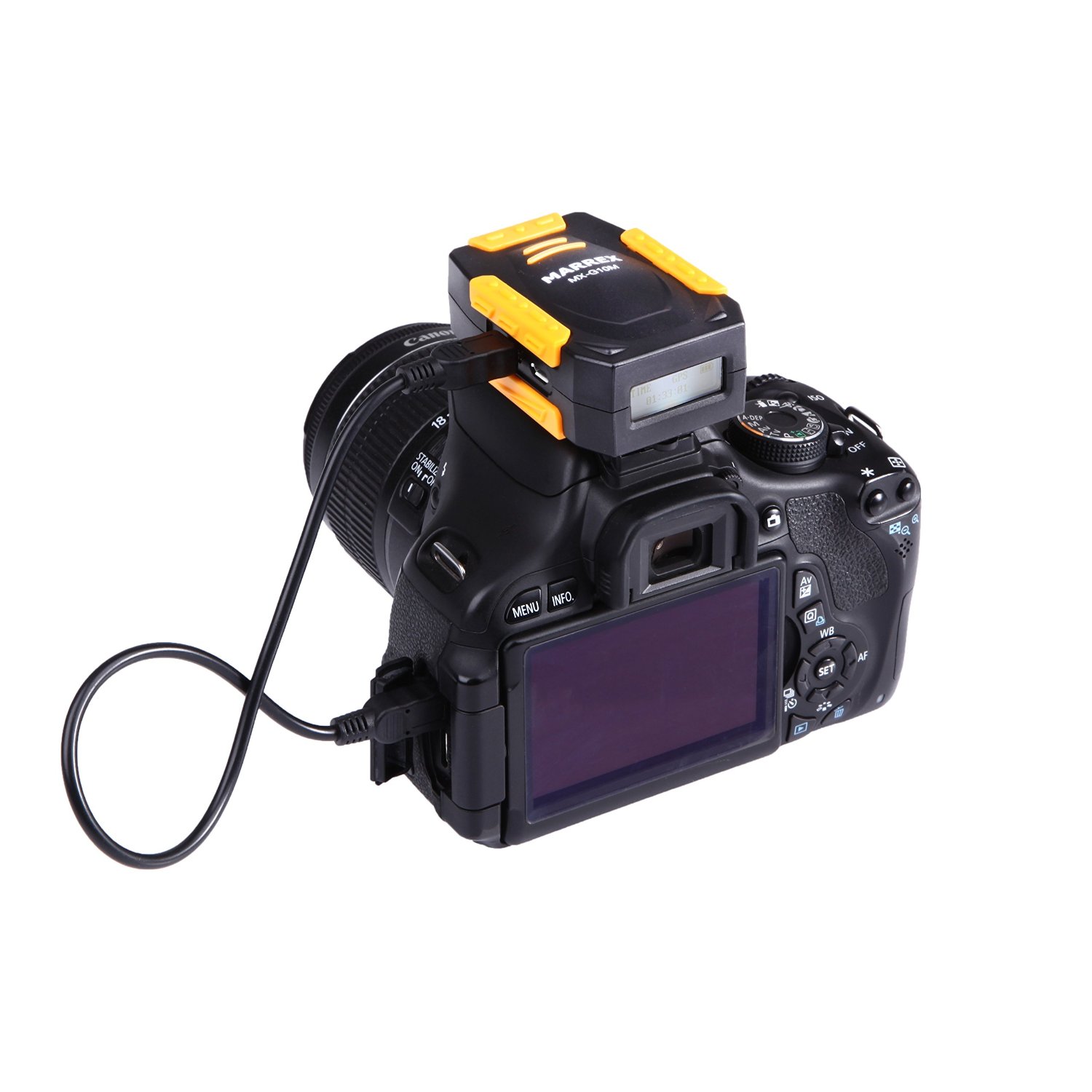

The shot above was taken in…… why not just Click it to see it on Google Maps? Satellite acquisition time was great and accuracy seems to be dead on. I wanted to give this new unit a real world test so i brought it with me to Singapore and India. So yes, it's GREAT having an LCD on the GPS itself! Oh and yes, the LCD also has a backlight feature so that you can see it in the dark if need be. Having the heading info is also important to see sometimes. However, it's the other stuff that's helpful like seeing the battery level and the fact that I do have longitude and latitude (even though I don't really care what the numbers themselves are) to let me know that it's functioning properly. At that point they might as well just be random numbers. Do I need to know what my longitude and latitude are on screen? Nope! I really don't. I can see at a glance that not only has the GPS unit acquired a signal, but exactly what my Longitude, Latitude, Altitude, Heading, Time, Battery Level, etc. I'm totally hooked now! It's soooo much nicer NOT having to navigate to the GPS menu on the back of my Nikon camera and instead concentrate on shooting. So at first glance I wasn't impressed that this info would be on the GPS itself until I actually got one in to test. At first I thought, "do I really need that?" After all, the current model Nikon DSLRs have a great GPS menu display that shows this information whenever you need it.
EBAY PHOTO GEOTAG PRO
Their NEW Solmeta Geotagger Pro offers the same features as the N2 model that I've come to love, but it adds something that I wasn't even thinking of and that's an LCD to display the information that it's tracking.

Solmeta has stepped up its game to win my heart over even more with a new "Pro" model. The researchers behind the project–Frank Groeneveld, Barry Borsboom, and Boy van Amstel–say that they’re reviewing feedback they’ve already received before continuing with the project.It wasn't long ago that I declared the Solmeta N2 GPS as my choice among Nikon DSLR compatible GPS units. Each ICanStalkU entry also shows the location mapped on Google, the original tweet, and the original photo.Īnother site, (now shut down), used data from Foursquare and Twitter to emphasize the abundance of personal data being posted online. The site then reposts the pictures with messages like “I am currently nearby…” and supplies the street address, latitude and longitude data, city, and state (if these are known). ICanStalkU uses a Perl script to scrape some 20,000 images each day off of MobyPicture, SexyPeek, Twitter, and Yfrog.

He has also started a Web site called to get his message out. Twitter shut down the account but let Jackson back in after he argued for the need to educate users. To highlight geotagging-related privacy issues, Jackson and Larry Pesce, a colleague, adopted the Twitter username ICanStalkU to respond to tweeters who posted geotagged images. With the explosion of smartphones today, Jackson is seeing an increasing number of geotagged images posted to the Web. The geotagging features in these newer devices are integrated and seamless, and your EXIF files may store latitude, longitude, time (in the form of Coordinated Universal Time or UTC readings), and and even altitude data (which can be helpful for reconstructing a family vacation on a map). But many newer digital cameras and mobile phone cameras have built-in GPS receivers. For older digital cameras, adding location data to an image requires complicated peripherals: You must attach a cable to the camera to communicate with a GPS receiver, such as a stand-alone navigation device or a mobile phone.


 0 kommentar(er)
0 kommentar(er)
